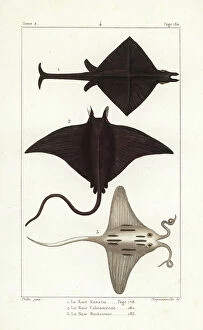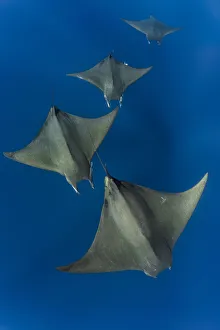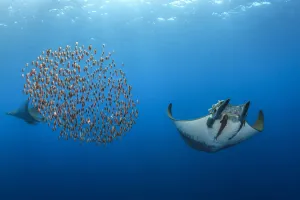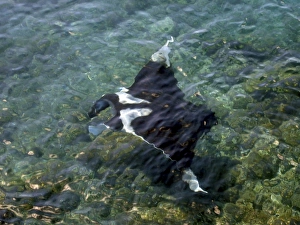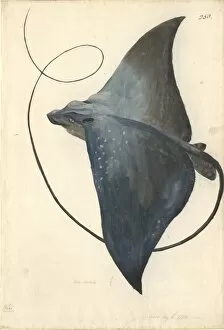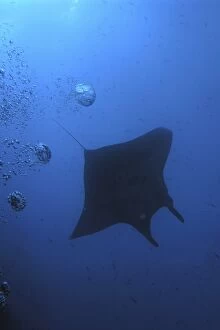Devil Ray Collection
The devil rays, also known as Mobulas, are majestic creatures that can be found in various parts of the world
All Professionally Made to Order for Quick Shipping
The devil rays, also known as Mobulas, are majestic creatures that can be found in various parts of the world. One such place is offshore Santa Maria, Azores, Portugal where the Chilean devil rays gracefully glide through the crystal-clear waters. In an enchanting engraving called "Le Diable De Mer, " these incredible beings are depicted in all their glory. Venturing further into the Caribbean Sea, we witness a captivating sight - a group of Atlantic mobula rays swimming together. Their synchronized movements create a mesmerizing dance that showcases their elegance and grace. Traveling to El Hierro in the Canary Islands, we encounter another species - the horned ray. With its unique features and striking appearance, this creature stands out amidst its surroundings. In yet another breathtaking scene, a Mobula or Chilean devil ray swims alongside a school of fish called Capros aper. This symbiotic relationship between different species highlights nature's intricate balance and interconnectedness. As if straight out of a dream, we witness an awe-inspiring moment where both Manta Rays and Devil Rays coexist peacefully in the background. The sheer size and beauty of these gentle giants leave us in awe of their presence. Moving on to Galapagos Islands, we come across a magnificent Manta Ray accompanied by two Remora fish clinging onto it for protection. This display exemplifies how marine life often relies on one another for survival and support. Returning to El Hierro once again reveals yet another sighting of the horned ray with its distinctive horns protruding from its head. Its mysterious aura adds to its allure as it glides effortlessly through the ocean depths. Known also as devilfish or Mobula mobulars, these creatures continue to captivate our imagination with their acrobatic leaps from water at dusk off Los Barriles Baja California Sur in Mexico's Sea of Cortes. These displays remind us just how magical our oceans can be.


